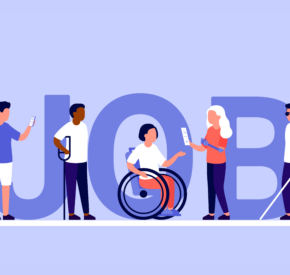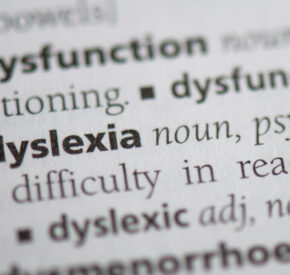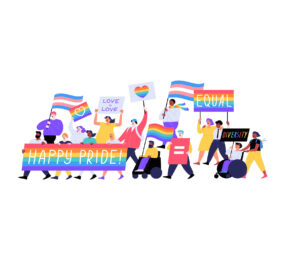Tamman @ the 2022 M-Enabling Summit
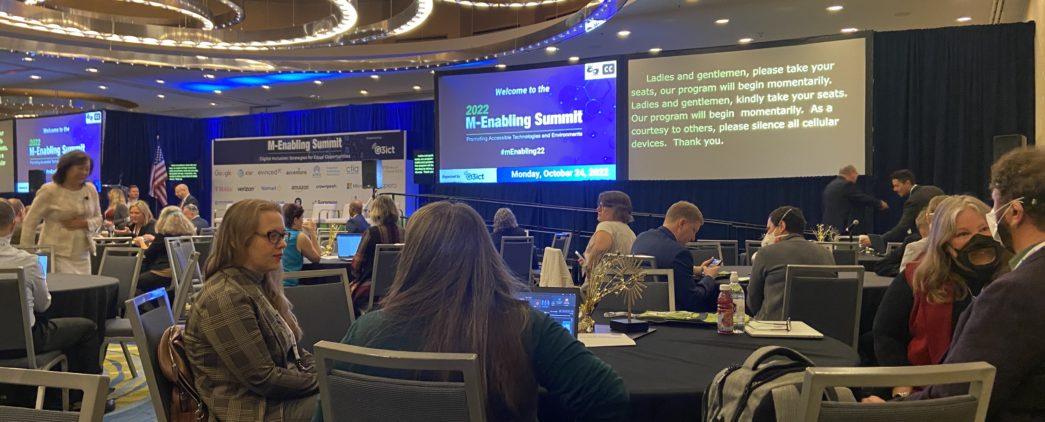
Tamman went into this year’s 10th Anniversary M-Enabling Summit, held October 24- 26 in Arlington, VA with the goals of Listening, Learning, and Networking. Check, Check, and Check!
Before going any further, it is important to call out the wonderful job that the Summit did with its own inclusivity. It was clear from the point of entry that accessibility was a priority for them. From the clear masks that allowed people to read lips, to the individuals offering elbows to guide someone unfamiliar with the layout, I was impressed with the care and attention given to this for all applicants. I know this seems like it is a given for all conferences, but it is not. As an example of accessibility impacting all people, I found myself (as I do at home too) reading the captions to make sure I understood what a speaker said many times throughout the conference. In addition, it wasn’t just the main room headlining speakers that had captions and ASL interpreters… every group discussion and every session no matter how small or sparsely attended had these inclusive touches.
Listening and Learning
There was not one overarching undeniable takeaway from this conference. There were several.
- Large Companies are still struggling to buy into digital accessibility; Operationalizing is an issue (for content we need to explain what operationalizing is)
- The importance of employing people with disabilities
- Usability matters much more than mere compliance
- I still don’t get the metaverse
- Thanks to the 21st Century Communications and Video Accessibility Act (CVAA) the entertainment industry is pulling ahead when it comes to accessibility
- AI is not about outliers – AI is mechanizing and further normalizing disability discrimination in corporate and tech company settings
- Section 508 has no teeth and is not enforceable even within the Federal Government
There were some amazing quotes that I pulled from listening to several of the speakers. Here is just a sampling:
- “Be Data Driven with a copilot of humanity” – Anil Lews, NFB
- “Every day, I wake up in a world that is not built for blind people. I have to strategize and problem-solve around everyday issues. What team wouldn’t want this unique and highly refined mind on it when facing the unknown challenges of business? “- Anil Lews, NFB
- “Currently, people with disabilities are the best educated and most underemployed group in this country.” – J.Kemp, Lakeshore Foundation
- “Leadership at the top is important, but operationalizing this is the real challenge for all of us. This is the challenge for every company.” – Gautam Rao, EY
More broadly speaking, there were some ideas that I am leaving out and still thinking about.
Start with the edge cases. We are seeing more of a focus on Assistive Tech (AT) for use constraints that provide a better user experience for all instead of siloing things for a subgroup of a subgroup with disabilities. AT is becoming more a part of the mainstream AND the costs are/will go down. This will benefit consumers. AT is further ahead than what is available to the mainstream audience, so we still need to build to the edge because that is where the innovation comes from.
Accessibility came originally with labels and silos – rather than thinking we are all functioning along a continuum – and because we have regulated things in such a labeled environment, we’ve made things much more complicated. We are still not fully engaging situational, episodic, and temporary use constraints.
Artificial Intelligence (AI) is built/meant to optimize the past. Disability is the outlier and the only common data marker is ‘difference.’ The disabled community are not what the systems are aiming for, and frankly, not the target. It ends up discriminating. AI is great at locating the average and it whitewashes the human responsibility to discern. AI in hiring, for example, creates mono-cultures in its attempt to find efficiency. We must create more inclusive AI. Currently, lack of inclusivity or a way to deal with it is AI’s biggest weakness.
Networking
There was so much great networking that it will be difficult to recap everything. The Summit created a number of spaces for this to happen easily and I appreciate their approach. One issue and one kudos with the networking would be that much of the networking happened around the food that was placed in the hallways and the lobby area where the expo was happening. It was too confined a space for wheelchair and cane users to easily navigate without effort. On the other hand, I learned that a wonderful way to network with someone who is blind is to offer an elbow and assist them to their destination, whether that was back to a table or to the elevators, etc. There is literally an immediate connection and intimacy that allows for less chit-chat and more thoughtful, even when it is brief, conversation.
The other big push for networking was getting an opportunity to really learn more about Allyant, the newly formed company from the merged entities of T-base, Accessible 360, and CommonLook.
The Summit had a variant from the plenary or panel style of conveying information that was much more involved. This session was a working group led by the incomparable Michele Landis from Allyant. It started pre-conference as a slack channel and then at the conference, it was a multi-day session that included a great deal of conversation around how to create more Accessible Scalable User Feedback within the Software or Product Development Lifecycle. We met several times as a small group to discuss the issues and potential solutions around this. Ms. Landis compiled and presented the findings for the group and did an outstanding job.
The real beauty of this was an opportunity for deep and sustained conversation around issues of accessibility. This is the kind of conversation that spills out over the session and that just isn’t possible in quick cocktail-setting interactions. We are looking forward to keeping those connections that were created in that working session going strong.
Overall, the M-Enabling Summit was a success. I am appreciative of the thought and planning of the organizers made possible with the support of the sponsors. Having said that, my hope for the future is to see more intentional outreach and invitation from those groups and organizations that expand outside of the digital. There continues to be a divide in the conference space between the digital accessibility groups and those that are actively working with people with disabilities in a more traditional Americans with Disabilities Act (ADA) way. Our world is blending and we all need to be communicating to tackle the very real issues and opportunities before us.
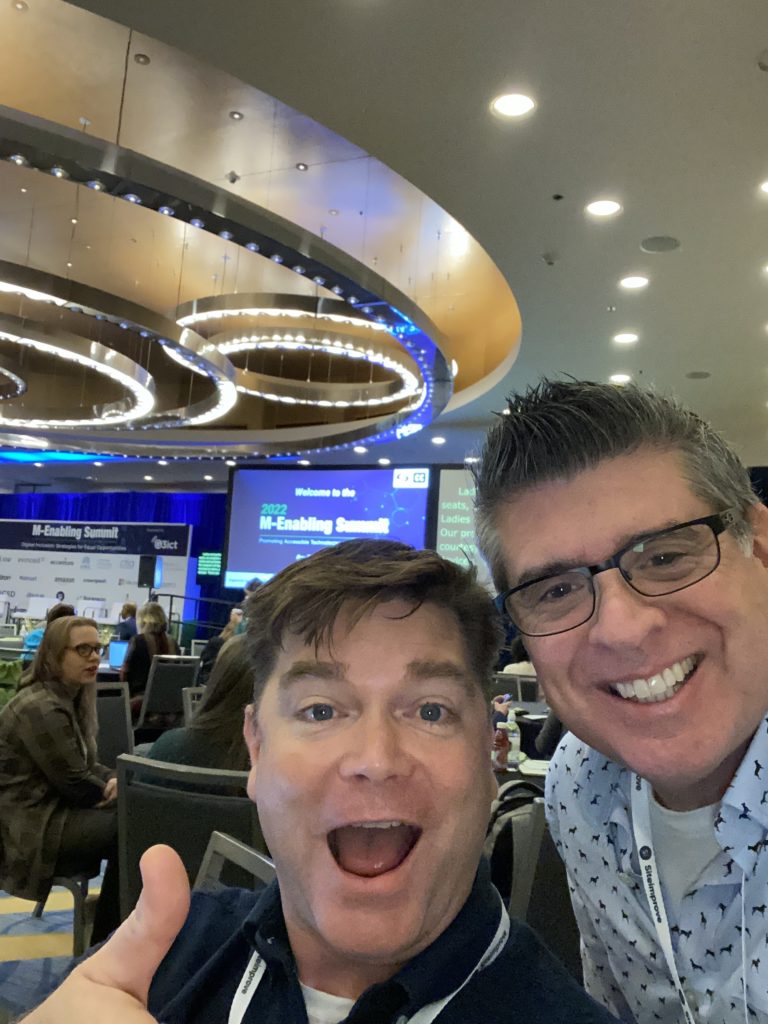
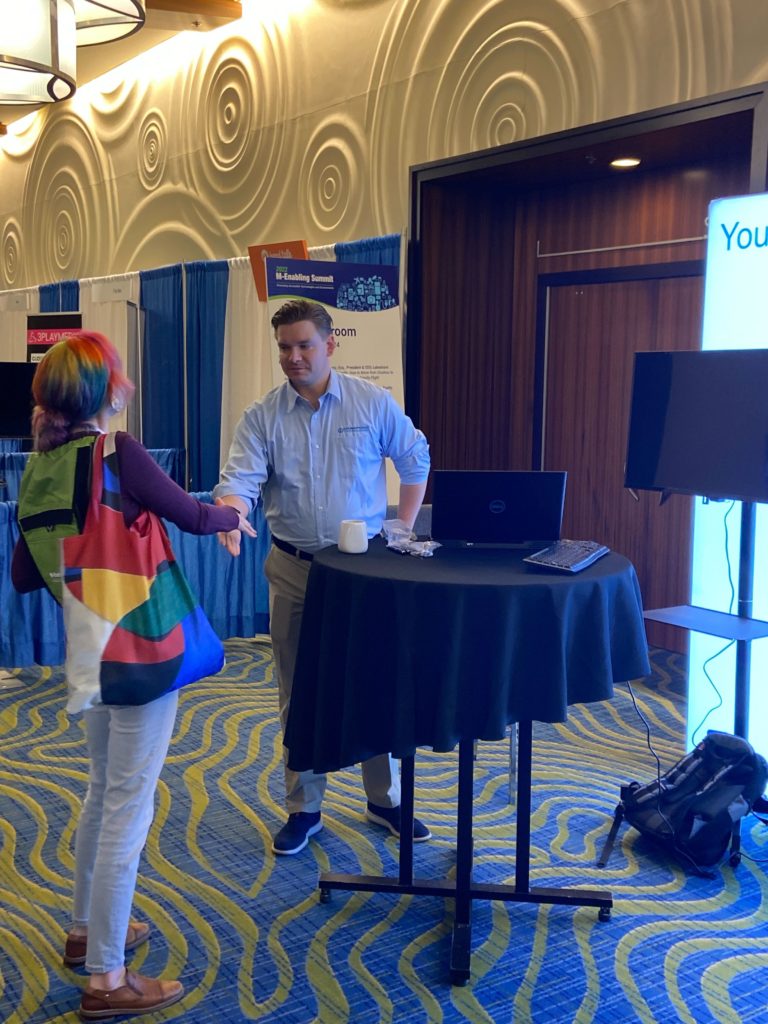
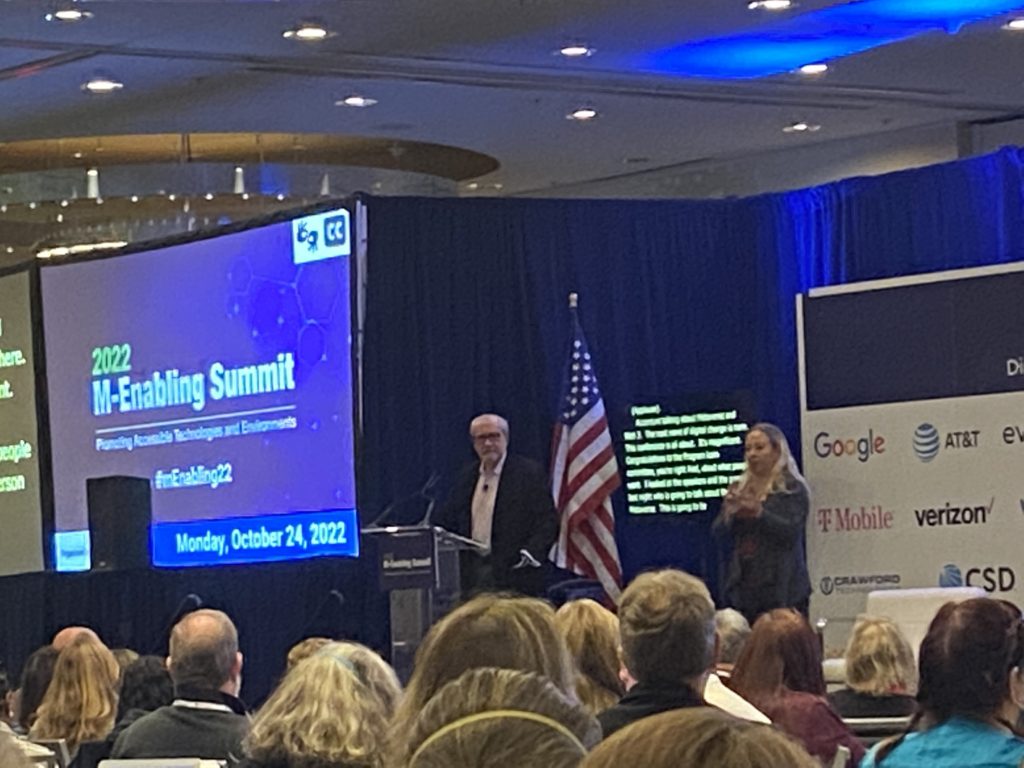
– John Kemp, President and CEO of the Lakeshore Foundation

